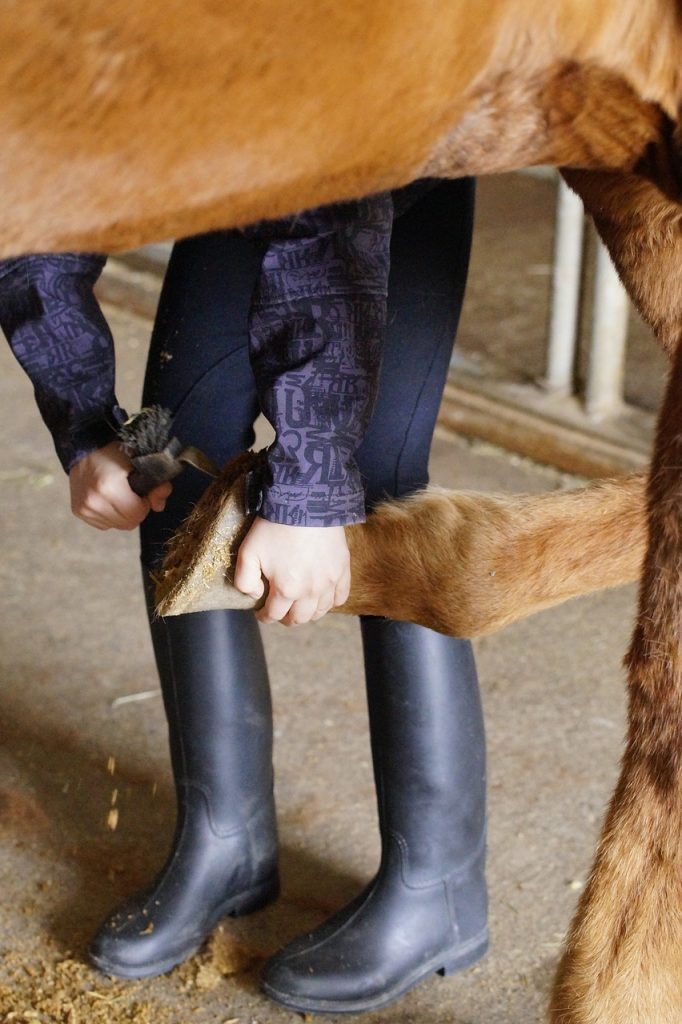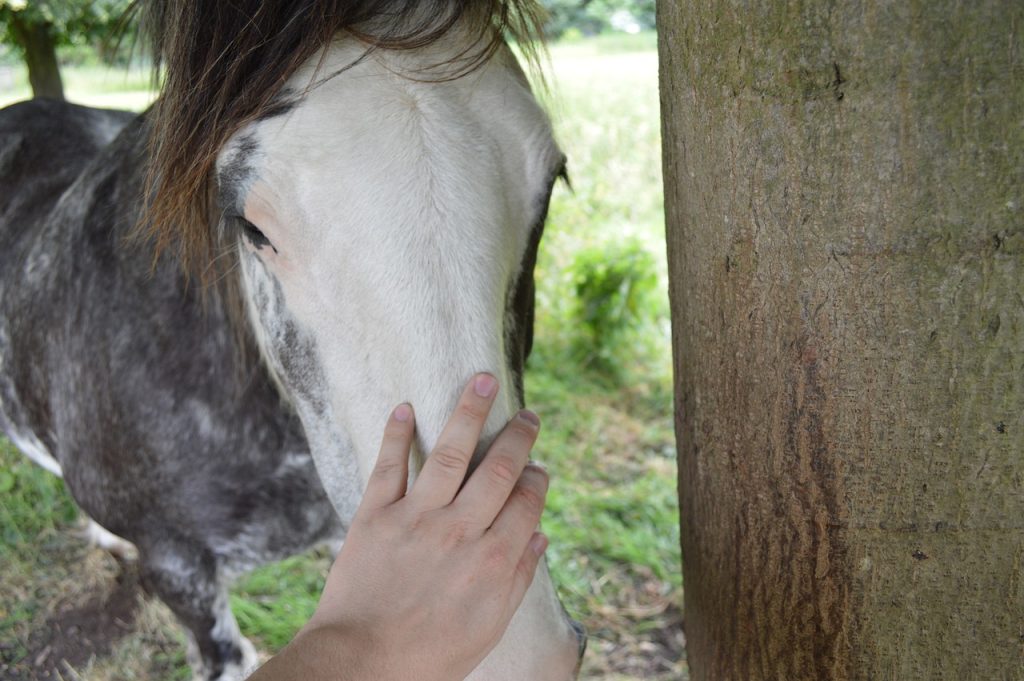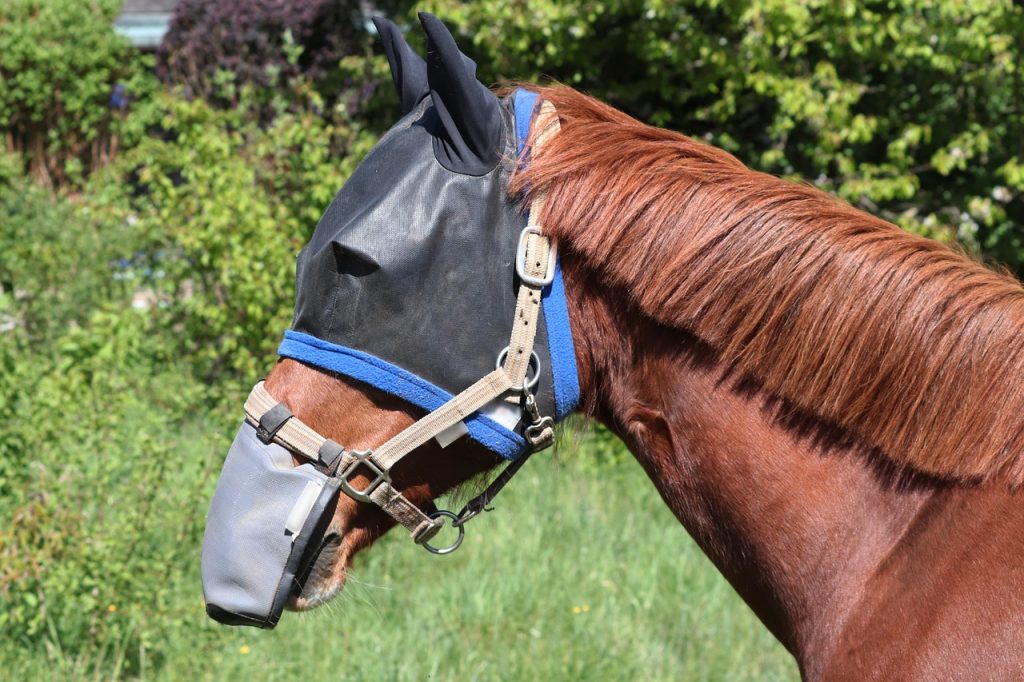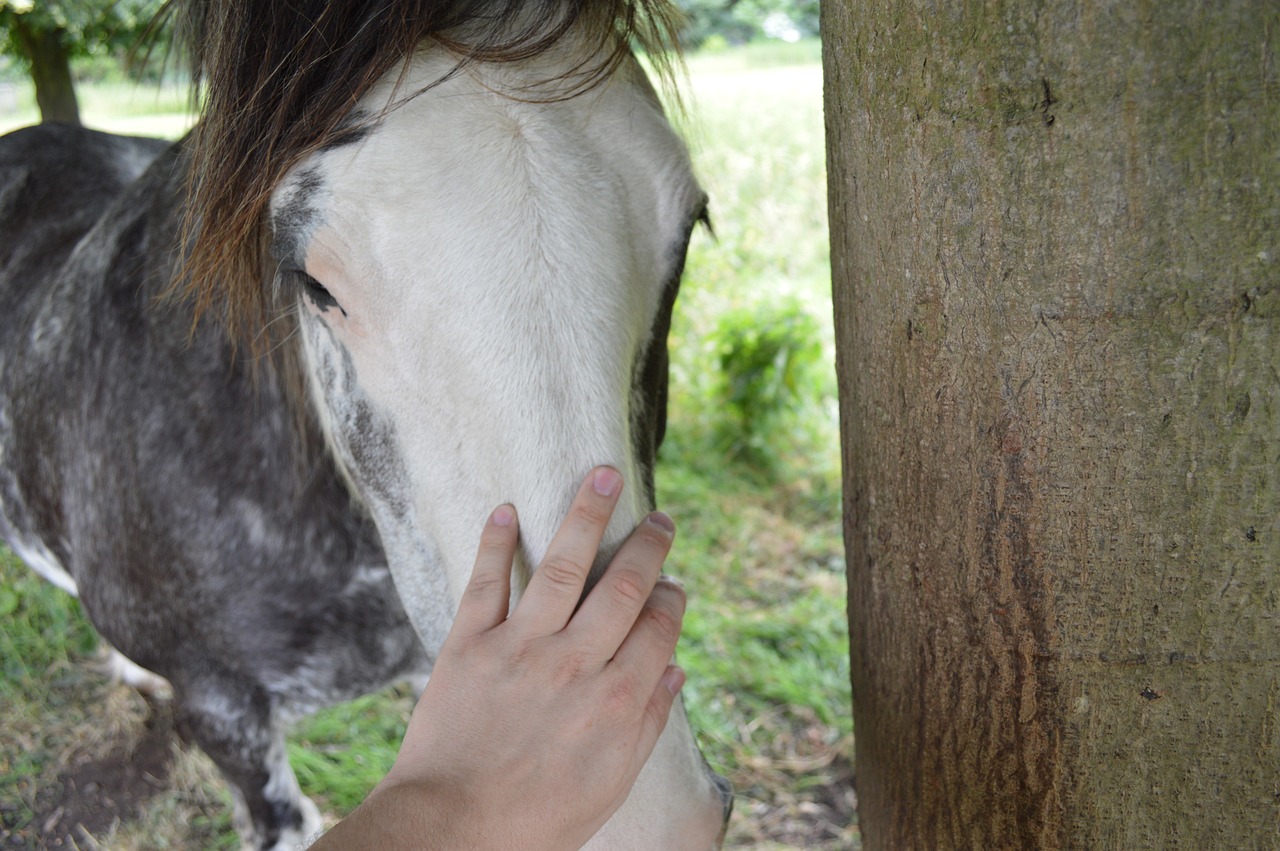In the “Essential Guide to Starting with Horses”, you’ll discover the key principles of basic horse training, crucial for a horse’s safety and adaptability to a range of activities. This educational expose will reveal gentle and effective training methods designed to foster a sense of trust and mutual respect between you and your equine companion. Starting with horses will no longer feel overwhelming but instead, an exciting journey of companionship you’re about to embark on.
Understanding the Basics of Horse Keeping
When it comes to horse keeping, it’s crucial to have a firm grasp of the basics. This is an encompassing art, requiring knowledge of equine behavior, comprehension of your responsibilities as an owner, understanding the diet and nutritional needs of a horse, knowing horse grooming, and the overall care.
Appreciating Horse Behavior and Communication
The first step in understanding horse keeping involves appreciating horse behavior and communication. Horses aren’t just large animals—they have emotions and individual personalities. They communicate through body language. Understanding this can help you build trust and create a bond with your horse.
Embracing the Responsibility of Horse Ownership
Horse ownership is not a task for the faint-hearted. It’s about more than just riding. You, as the owner, bear the brunt of ensuring your horse’s well-being. This includes feeding, grooming, medical care, and emotional support. The horse will depend on you, and embracing this responsibility is critical.
Knowing Horse Diet and Nutrition
Equine diet and nutrition are fundamental in horse keeping. A horse needs a diet rich in fiber, with hay or grass making up the largest part. Horses also require grains, fruits, and vegetables, with a carefully monitored intake to maintain optimal health and weight.
Learning About Horse Grooming and Care
Proper grooming doesn’t merely keep your horse looking good—it also contributes to their health. Regular grooming helps identify any potential skin issues, parasites, and even injuries. It’s also a great way to bond with your horse, reinforcing trust and respect.
Finding the Right Horse
Buying a horse isn’t like purchasing a car. It’s a long-term commitment. Finding the right horse involves evaluating your needs, considering the breed and age, checking the horse’s health and temperament, and understanding the cost involved.
Evaluating Your Horse Needs
Before you buy a horse, it’s essential to determine your needs and expectations. Are you interested in recreational riding or competitive sport? Do you have the time, resources, and experience to train a young horse, or do you prefer an older horse with training? These are some questions to consider.
Considering Breed and Age Factors
The breed of a horse can significantly influence its temperament, size, and the type of care it requires. Moreover, the horse’s age is also a critical factor because young horses need more training, and older horses might have health issues.
Checking Horse’s Health and Temperature
Checking a horse’s health before buying is crucial. Invest in a pre-purchase exam by a professional vet to assess the horse’s overall health and condition. Observing the horse’s temperament is equally important. It should be manageable, calm, and responsive.
Understanding the Cost of Horse Ownership
Owning a horse isn’t cheap. You need to consider the cost of stabling, feeding, vet care, and equipment. Plus, there are also unexpected costs, like emergency vet bills. Understanding these costs is important to ensure you can provide for your horse’s needs.

This image is property of pixabay.com.
Horse Training Basics
Horse training is an essential aspect of horse keeping. Effective training can ensure your horse is safe, obedient, and suitable for your intended purposes.
Teaching Groundwork Skills
Groundwork skills form the building block of horse training. These include leading, tying, picking up feet, and loading onto a trailer. Groundwork exercises help in establishing a respectful relationship between you and your horse.
Introducing Riding Essentials
Once groundwork is established, you can move on to riding skills. Familiarize your horse with the saddle and bridle, and teach basic riding commands. Start with walking and stopping, then gradually move to trotting, cantering, and more.
Understanding Basic Riding Styles
riding styles vary based on disciplines. Familiarize yourself with your desired style—be it English, Western, dressage, or show jumping, each with its own set of commands and techniques.
Detailing Essential Training Techniques
As you advance in training, you’ll have to teach your horse newer and complex techniques. These may include leg pressure cues, refining gaits, and introducing jumping or dressage moves. Always remember to use positive reinforcement to encourage good behavior.
Creating a Safe Environment
Creating a safe environment for your horse is crucial. It involves designing an appropriate stall, ensuring pasture safety, using horse-safe fencing, and preparing for various weather conditions and hazards.
Designing the Horse Stall
A horse’s stall should be comfortable, clean, and secure. It should provide shelter from extreme weather and have enough space for the horse to move around. Consider adding bedding for comfort and installing proper drainage systems for easier cleaning.
Ensuring Pasture Safety
Your horse’s turnout area or pasture should be free from hazards like toxic plants, loose debris, or dangerous terrain. If possible, rotate pastures to avoid overgrazing and parasite accumulation.
Using Horse-Safe Fencing
The fencing of your horse’s paddock should be sturdy and visible. Avoid materials that may cause injury, like sharp edges or protrusions. Regularly check for damage to ensure ongoing safety.
Dealing with Weather Conditions and Hazards
Living outdoors exposes horses to diverse weather conditions. Make sure you provide adequate shelter from heat, rain, or snow. A basic run-in shed that offers shade in summer and blockage from wind and rain in other seasons is important.

This image is property of pixabay.com.
Caring for Your Horse’s Health
Horse keeping also involves caring for your horse’s health. It encompasses understanding common horse diseases, knowing first aid basics, ensuring regular vet check-ups, and dealing with aging and end-of-life care.
Understanding Common Horse Diseases
Educate yourself about common horse diseases. Colic, laminitis, parasites, and respiratory diseases are some problems your horse could face. Knowing the symptoms can help with early detection and treatment.
Knowing the Basics of Horse First Aid
Horse first aid is another essential skill for horse owners. It could deal with minor injuries or emergencies. Having a fully equipped first aid kit and learning basic first aid procedures can be life-saving.
Ensuring Regular Vet Check-ups
Regular vet check-ups are vital for maintaining your horse’s health. They include preventative care—like vaccinations and de-worming—and diagnosing and treating health issues.
Dealing with Aging and End of Life Care
As your horse ages, their health and care requirements change. Arthritis, dental problems, and weight management are common issues. Be ready to adjust their care routine, diet, and exercise as needed. End of life care also requires planning and compassionate decisions.
Building a Relationship with Your Horse
To truly thrive in horse keeping, you need to build a strong relationship with your horse. This is more than just feeding and grooming; it’s about establishing trust, rewarding good behavior, understanding body language, and communicating effectively.
Establishing Trust and Respect
Trust and respect are the cornerstones of a positive horse-owner relationship. Spend quality time with your horse, be consistent in your actions, and demonstrate leadership to gain their trust and respect.
Recognizing and Rewarding Good Behaviors
Positive reinforcement goes a long way in horse training. When your horse behaves well or performs a desired action, reward it. Rewards could take the form of treats, praise, or a simple pat.
Understanding Horse Body Language
Horses primarily communicate through body language. Understanding their signals—like ear position, tail movement, or facial expressions—can help you gauge their mood, health, and needs.
Communicating Effectively with Your Horse
Effective communication is the key to an enriching horse-owner relationship. Use distinct and consistent commands during training, and respond appropriately to your horse’s cues. Remember, communicating with your horse is a two-way street.

This image is property of pixabay.com.
Maintaining Your Horse’s Equipment
You also need to look after your horse’s equipment. Choosing the right tack, regular care, understanding various equipment uses, and knowing when to replace them are all part of this process.
Choosing the Right Tack
The right tack—the collective term for horse riding equipment—is critical for your horse’s comfort and safety. Make sure the saddle fits your horse correctly, your bridle is the right size, and all gear is appropriate for your intended use.
Caring for Saddles and Bridles
Regular cleaning and maintenance can ensure your riding equipment lasts longer and remains safe. Leather saddles and bridles need routine cleaning with saddle soap and leather conditioner to prevent drying and cracking.
Understanding Other Horse Equipment
Beyond the saddle and bridle, horses may require other equipment, like halters, boots, or blankets. Understanding their purpose and correct use is important in ensuring your horse’s well-being.
When to Replace Horse Equipment
Even with great care, riding equipment can wear out. Regularly inspect your gear for signs of wear and tear, and replace items as necessary. Safety should never be compromised.
Preparing for Emergencies
Horse ownership also demands preparing for emergencies. It involves creating a horse emergency plan, keeping an emergency kit, recognizing signs of distress, and understanding what to do in situations like fire or flooding.
Creating a Horse Emergency Plan
A horse emergency plan should include contact information for your vet, a list of potential horse sitters, and evacuation routes in case of natural disasters. Share this plan with others involved in your horse’s care.
Keeping an Emergency Kit
A well-stocked horse emergency kit can be a lifesaver. It should contain first aid supplies, horse care essentials, and important documentation about your horse’s health and ownership.
Knowing How to Spot Signs of Distress in a Horse
Recognizing signs of distress in a horse can prevent a minor issue from turning into a major one. Changes in behavior, eating habits, or physical appearance could be indications of distress.
Understanding What to Do in Situations like Fire or Flooding
In situations like fire or flooding, you need to act quickly and calmly. Evacuation may be necessary. Familiarize yourself and your horse with evacuation procedures beforehand to ensure a smoother process.
Improving Your Horse Riding Skills
Horse riding is an ongoing learning process. It involves mastering basic techniques, exploring different riding styles, participating in shows and competitions, and seeking continuous learning and training opportunities.
Mastering Basic Horse Riding Techniques
Before venturing into advanced skills, make sure you’ve mastered the basics—balancing while riding, maintaining the correct posture, controlling your horse’s speed and direction, and understanding various cues and aids.
Exploring Different Riding Styles
Different riding styles have different techniques and disciplines. Whether you’re into English or Western riding, dressage, or show jumping, take the time to learn and perfect the techniques inherent to that style.
Participating in Horse Shows and Competitions
Participating in horse shows and competitions can be a fun and rewarding way to showcase your skills and the bond between you and your horse. It can also highlight areas you need to work on.
Continuous Learning and Training Opportunities
The world of horse riding is vast. Take advantage of learning opportunities like online courses, books, workshops, or tutoring sessions. Continuing education can enhance your skills, knowledge, and enjoyment in the sport.
Encouraging Good Behavior and Manners
Horse keeping also involves teaching your horse good behavior and manners, dealing with behavioral problems, knowing when to seek professional help, and creating a consistent training routine.
Teaching Horse Manners on Ground and While Riding
Teaching your horse manners can make handling and riding a more pleasant experience. This includes polite behavior while leading, grooming or feeding on the ground, and obedience and responsiveness while riding.
Dealing with Behavioral Problems
Sometimes, horses can develop behavioral problems like aggression, fearfulness, or stubbornness. Understanding the cause and dealing with it using patience, consistency, and positive reinforcement can help rectify these issues.
When to Seek Professional Help
If you’re struggling with serious behavioral issues or advanced training, it might be time to seek professional help. A skilled trainer or behaviorist can provide guidance based on their extensive experience and expertise.
Creating a Consistent Training Routine
Consistency is key in horse training. A regular and consistent training routine helps your horse understand what’s expected of them and can contribute greatly to their overall behavior and manners.
In summary, horse keeping is rewarding but requires a thorough understanding of horse needs and behavior, a strong commitment to the horse’s safety and well-being, ongoing education and training, readiness for emergencies, and the cultivation of a trusting relationship with the horse. It’s a journey of lifelong learning and love.
